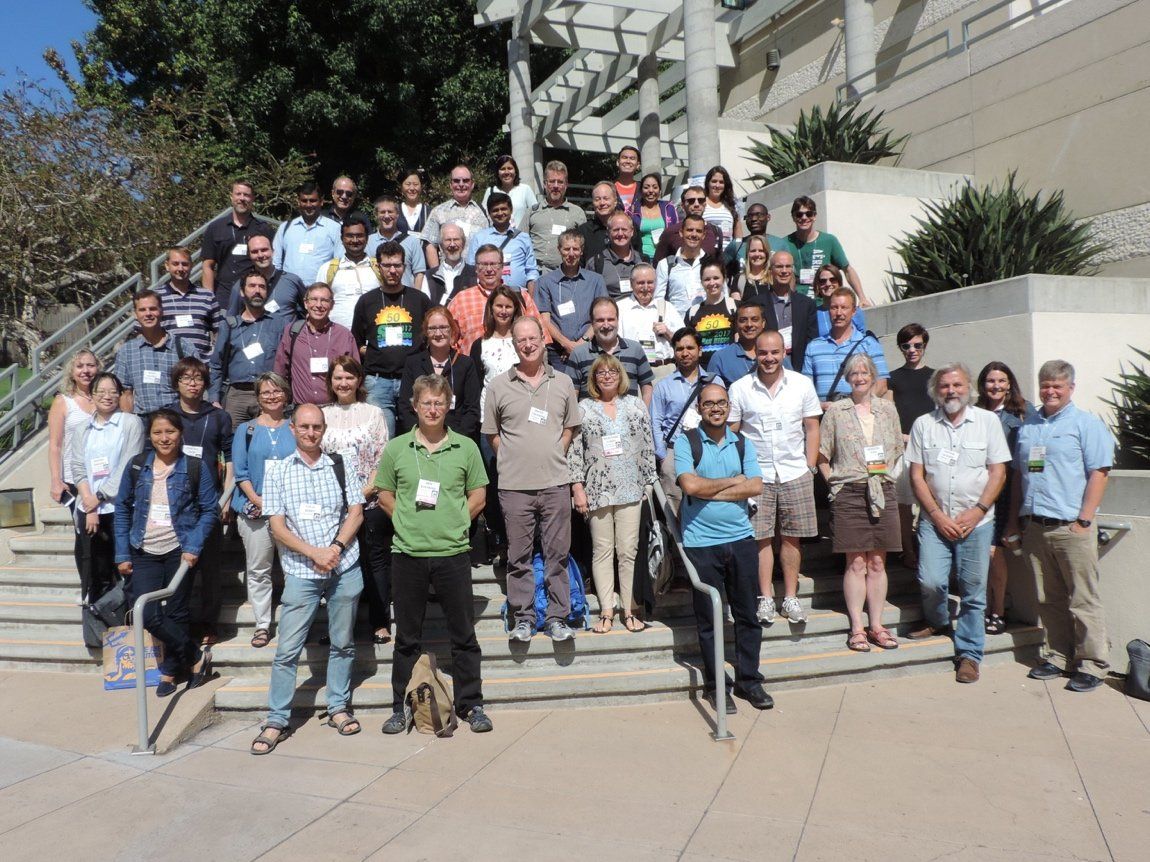Bacteria Division
Division of Bacteria
Welcome to the Bacteria Division
Mission
Why a Bacteria Division in the Society of Invertebrate Pathology?
Bacterial pathogens of insects and other invertebrates continue to be viable alternatives to synthetic chemical insecticides. Historically, interest was primarily focused on the basic biology of toxins produced by Bacillus thuringiensis and their use as biological control agents. There is now considerable interest in control agents and pathogenic factors from a range of Gram positive and Gram negative bacteria including Lysinibacillus sphaericus, Paenibacillus popilliae, Brevibacillus laterosporus, Photorhabdus and Xenhorabdus species. Bacterial diseases of non-insect invertebrates, symbiotic bacteria, systematics of entomopathogenic bacteria, and host defensive responses to bacterial pathogenesis are also a focus of the division. The division is also the natural home for those with interests in pesticidal proteins from non-bacterial sources.
It is estimated that the primary research interest of one quarter to one third of the members of the Society for Invertebrate Pathology is in the area of bacterial entomopathogens. This is also true for many researchers and trainees, whether or not they are members of the Society, who attend the Annual Meetings of the SIP and the associated International Colloquia on Invertebrate Pathology and Microbial Control, held every four years, and the International Conferences on B. thuringiensis, which occurs every second year.
The Bacteria Division represents the interests of its members within the Society and provides input with respect to the scientific programs at the Society's annual meetings and international colloquia. The Division also participates in suggesting annual meeting sites, nominates candidates for offices of the Society, and on occasion, develops opinions on issues of public interest related to the disciplines of its members.
Members of the SIP Bacteria Division are a multidisciplinary group from academic, government, and industry backgrounds with a common interest in bacteria that cause invertebrate disease and their potential use as biological control agents. The mission of the SIP Bacteria Division is to serve as a forum grouping SIP scientists and students to promote research on bacteria pathogens of invertebrates within SIP and at public environments, facilitate interactions and collaborations between Division members and with members of other SIP Divisions, and contribute to the training of students and young scientists in the science of invertebrate pathologies caused by bacteria.





